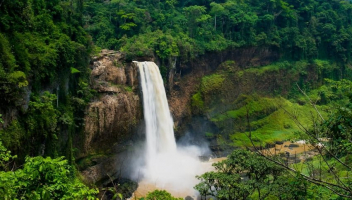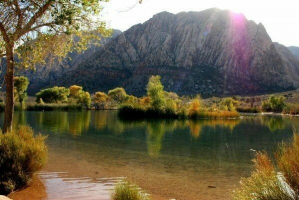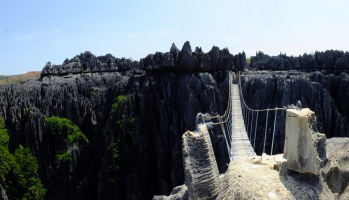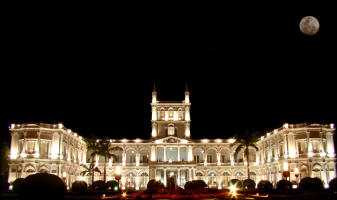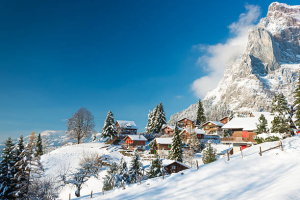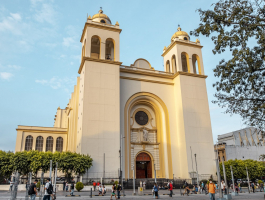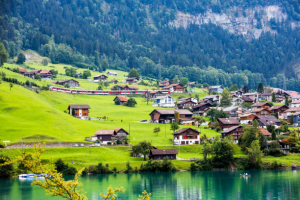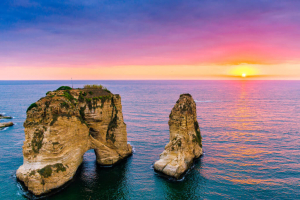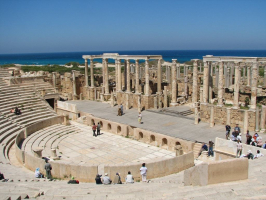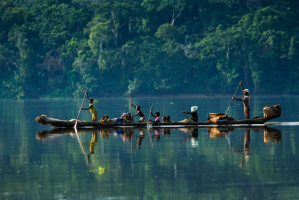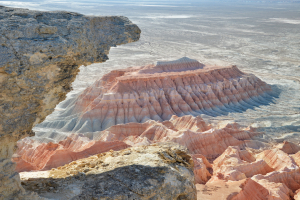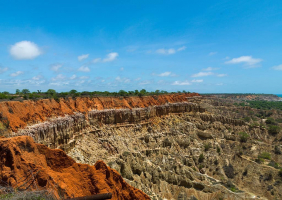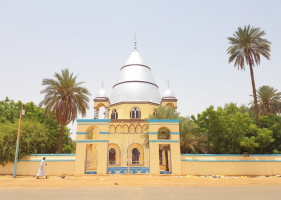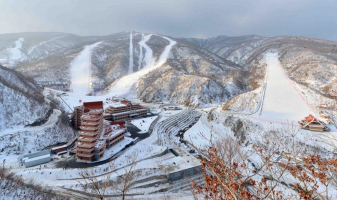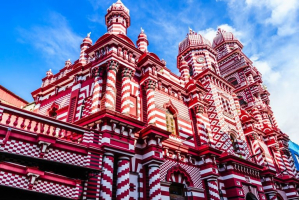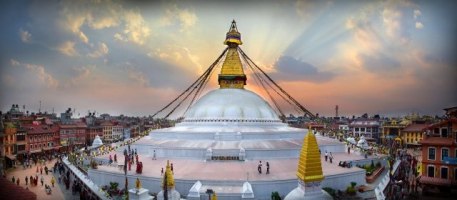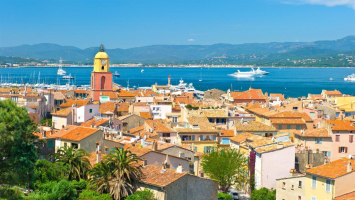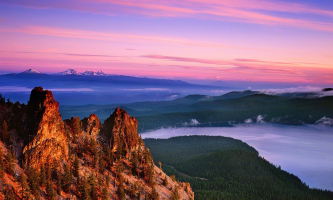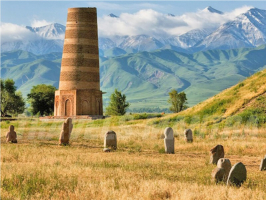Top 10 Best Places to Visit in Estonia
Estonia, located in Northern Europe, is a little-known jewel. Estonia offers tourists medieval cities, picturesque beaches, and interesting history in addition ... read more...to being economical. Estonia, which is bordered by Russia, Latvia, the Gulf of Finland, and the Baltic Sea, is also more accessible than many visitors think. Castles, national parks, and cultural centers are among the top locations to visit in Estonia. Tallinn is fantastic, but it's not the only place in Estonia worth seeing! Here are the best places to visit in Estonia.
-
To begin with, Toplist would like to introduce you to the capital of Estonia, that is Tallinn. Tallinn is the capital city of Estonia and a perfect holiday destination if you want to combine the comforts of the modern world, versatile nightlife, and luxurious adventures with a rich cultural scene in the local historical setting.
Tallinn, which dates back to the early Middle Ages, is a fascinating combination of old and contemporary. The good news is that, because Tallinn is such a tiny, green capital, you can see a lot in only a weekend and take little picturesque strolls along the way.
Tallinn's Old Town is one of the world's best-preserved Hanseatic town centers. The city's commercial district, with contemporary buildings and expensive hotels, trendy neighborhoods, and major retail malls, are all within a short distance away.
- Best Time To Visit: July is the best time to visit Tallinn to enjoy the warm weather and tons of events and activities.
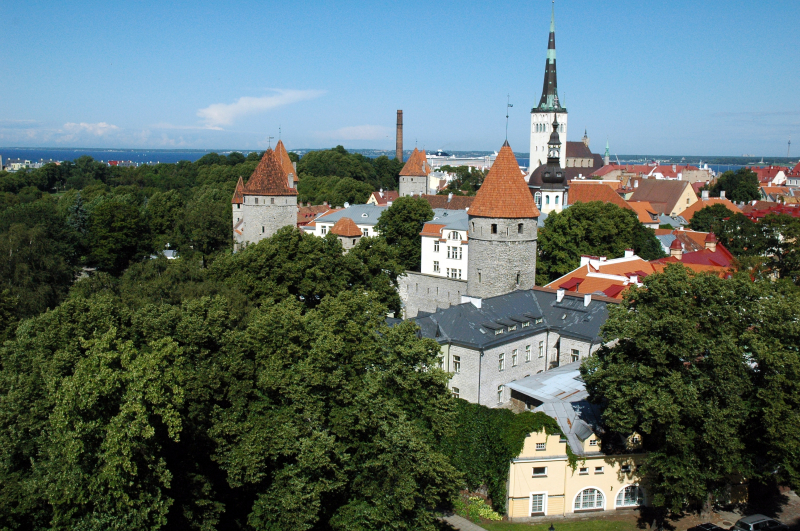
Image Source: Wikivoyage 
Image Source: Wikipedia -
One of the most popular national parks in Estonia is Lahemaa. It is a perfect day excursion because it is only an hour's drive from the capital. The park's Viru Raba, or Viru Bog, is a must-see attraction. With forests covering more than 70 percent of Lahemaa, the area is rich in flora and fauna. The landscape has many raised bogs, including the 7,000-year-old Laukasoo Reserve. The park, marked by several trails, teems with wildlife, including a population of boar, red deer, wolves, bears, and lynx. The coast is covered with rocks and boulders, used each year by cranes as a stopover on their way to the Bosphorus and Egypt.
Furthermore, trees protrude from the marshy ground, and the scene has an ethereal air to it. There is a 5-kilometer (3-mile) boardwalk that keeps you out of the water but near enough to view the beauty, making it simple to explore Viru Bog. Sagadi Village, located in the heart of the park, is a fascinating site where you may see Sagadi Manor and learn more about the region's culture and history.
- Best time to visit: November to April
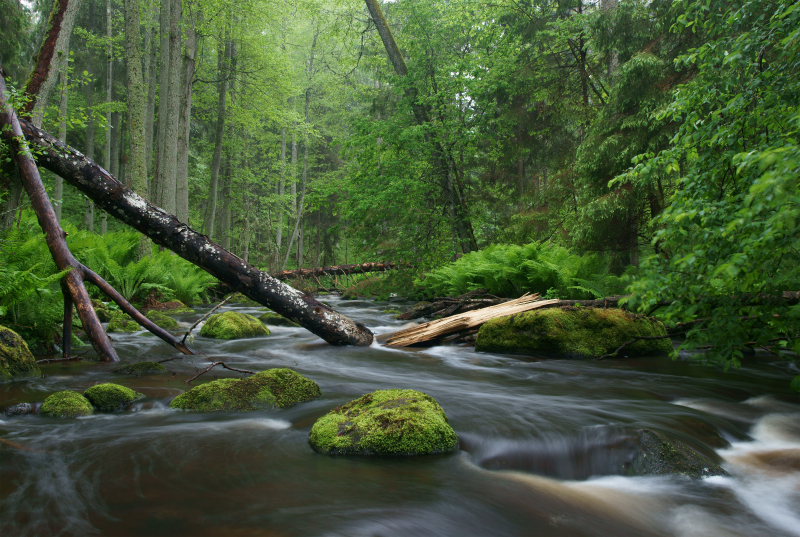
Image Source: Wikimedia 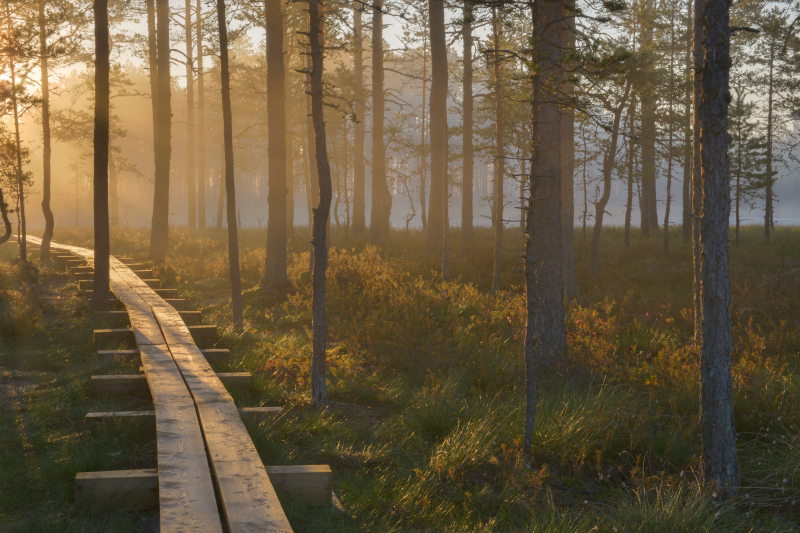
Image Source: Wikimedia -
The city of Narva is the country's, if not the whole European Union's, easternmost destination. Despite the fact that the city was extensively damaged during WWII, the majestic and ancient Narva Castle still exists. Built-in the 13th century by the Danes as a palace for the Danish King's vice-Regent, the castle is also known as Hermann Castle. The Narva Museum, as well as a variety of handcraft studios where you may witness and perhaps learn medieval techniques, is located inside the castle. On the Russian side of the river, the castle tower overlooks the Ivangorod castle.
In summer, the Northern Yard, an artisan's history center, operates out of the north yard of the castle, while the Western Yard hosts huge open-air events and is a popular spot for free time and wandering. The Linne Herb Garden, which was inspired by Swedish botanist Carl Linne's notion of enriching ancient places by constructing both beautiful and practical gardens, is also located here. The only restaurant in Narva to be listed in the White Guide rankings of the finest places to dine in Estonia is Narva Museum's restaurant Rondeel, which is located in the artillery tower in the northwest corner of the Western Yard.
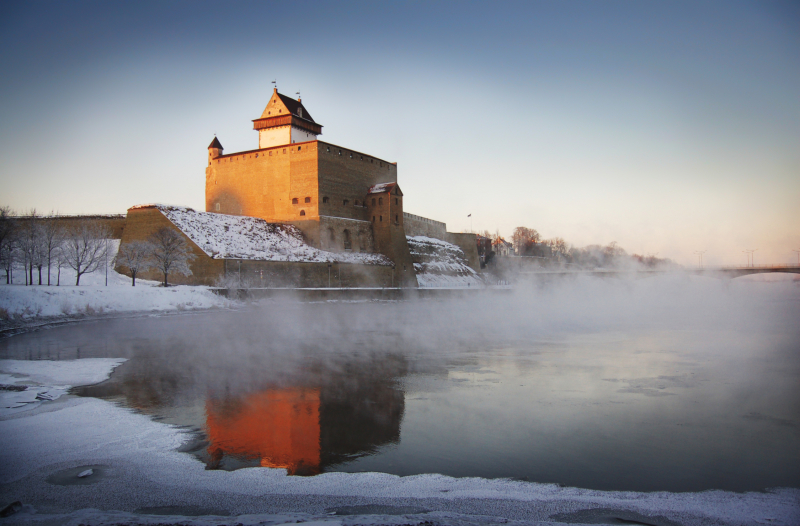
Image Source: Zentsik 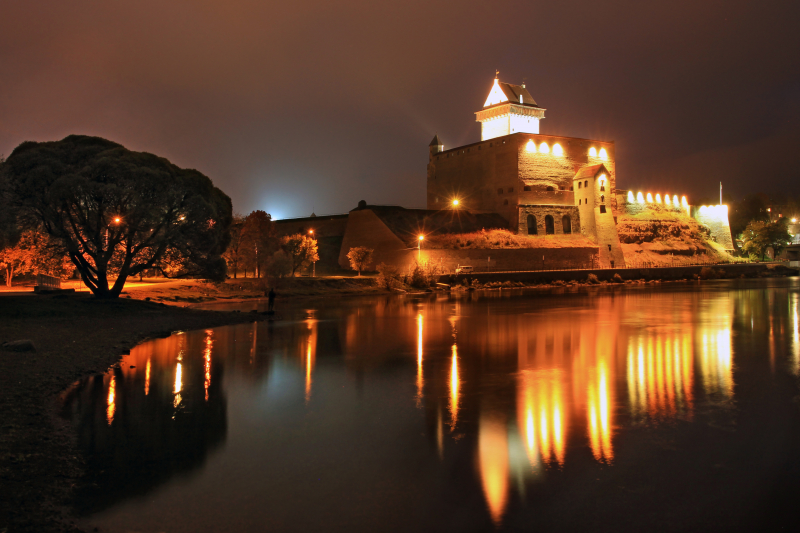
Image Source: Aleksander Kaasik -
Peipus, one of Western Europe's biggest lakes, is situated on the Russian-Estonian border. It's peppered with traditional culture and gorgeous country roads, and it's a particularly rewarding place for ice and water anglers. Peipsimaa's natural and ethnic landscapes are as varied and rich as Estonian history. The onion patch is marked by aristocratic palaces, lighthouses, traditional market culture, and colorful cottages.
Peipsi area is home to Old Believers, a traditional religious minority known for being hardworking and skilled fishers, builders, and onion producers. So, if you're looking for a substantial, home-cooked meal, choose one of the various pastries and onion dishes on offer.
European Destinations of Excellence (EDEN) was launched by the European Commission in 2007. In 2010, the Peipsiveere onion path was nominated in the category "EDEN. Estonia's hidden gems." "Tourism by water."
- Location: Lake Peipus at Mehikoorma, Estonia
- Best time to visit: Summer (from June to August); Winter (November, December, and January)
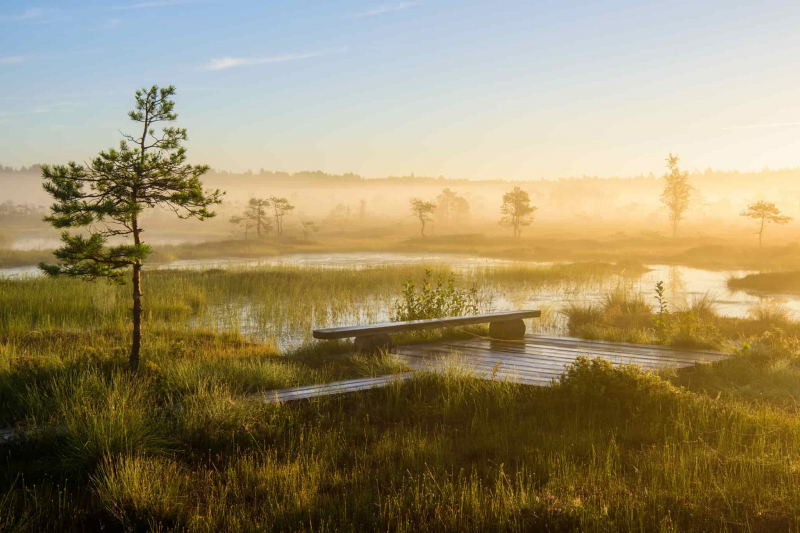
Image Source: Visit Estonia 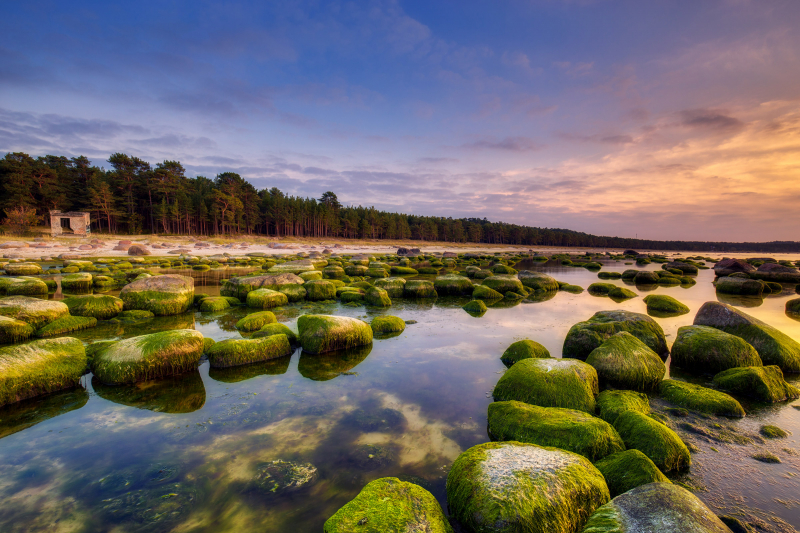
Image Source: Association Montessori Internationale -
Tartu is notable for the University of Tartu, which is considered the country's intellectual hub. It is the country's oldest city, which adds to the appeal of a visit. The city center is traditionally constructed with 18th-century structures, the majority of which are used to meet new needs.
Tartu boasts a plethora of museums (including the Estonian National Museum) as well as a vibrant nightlife. When you arrive in Tartu, you'll be greeted with a monument of kissing students in a big Classicist town square, which is surrounded by museums, cafés, and a large park created around a hill.
Tartu is a small city, with most of the sights, restaurants, and nightlife concentrated along a few parallel streets. There is always something going on in Tartu, which is Estonia's second-largest city and a hotbed for creative and scientific culture. From theatre performances to concerts and festivals, there is always something going on.
- Best time to visit: June to August
Best for: Hotels, Apartments, Residence
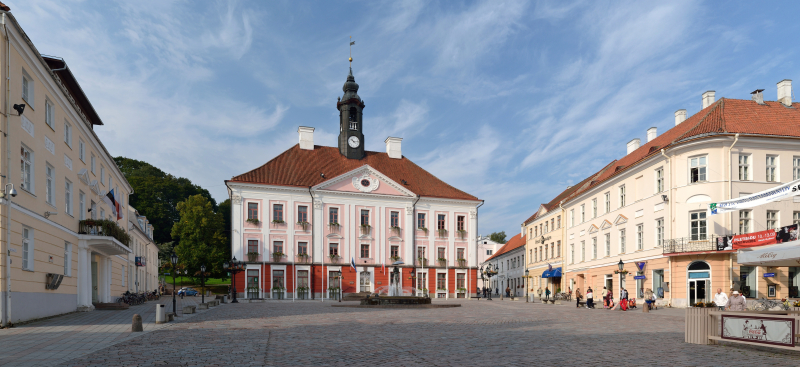
Image Source: Wikimedia Commons 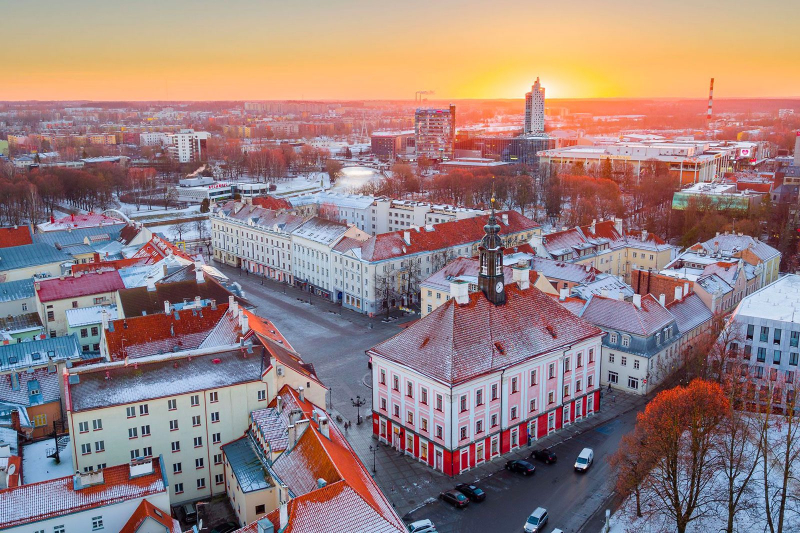
Image Source: Paesi Baltici - Best time to visit: June to August
-
Saaremaa is the best place to visit in Estonia. The island comprises a history that is 8000 years old. It was ruled by the Swedes, Danes, Russians, and Germans over the years. Thanks to its mild climate and lime-rich soil, Saaremaa islands have very diverse flora and fauna. Nature enthusiasts are welcome to explore study trails at the Viidumäe Nature Reserve and the Vilsandi National Park, which boasts thousands of migratory birds and wild orchids.
There are suitable spa services for those who need medical spa treatments and those who have arrived for a relaxing spa vacation and fun times with their family. After spa procedures, it is great to walk in the lovely old town and take in the architecture, cafés, and galleries.
Saaremaa is on the 2020 Sustainable Top 100 destinations list. The competition for international sustainable travel destination success stories is organized by Green Destinations to recognize places that put effort into making the experience of visitors more sustainable and value-based.
- Best time to visit: Summer is the best time to enjoy the full experience of Saaremaa
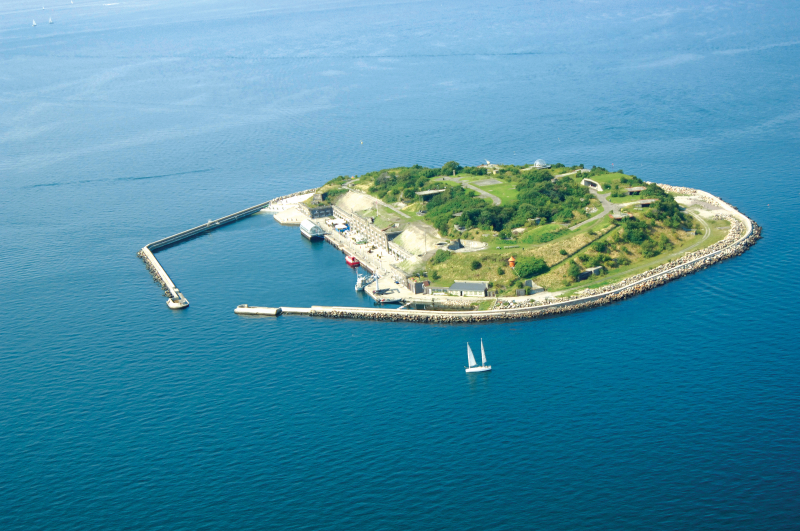
Kārlis Dambrāns/Flickr 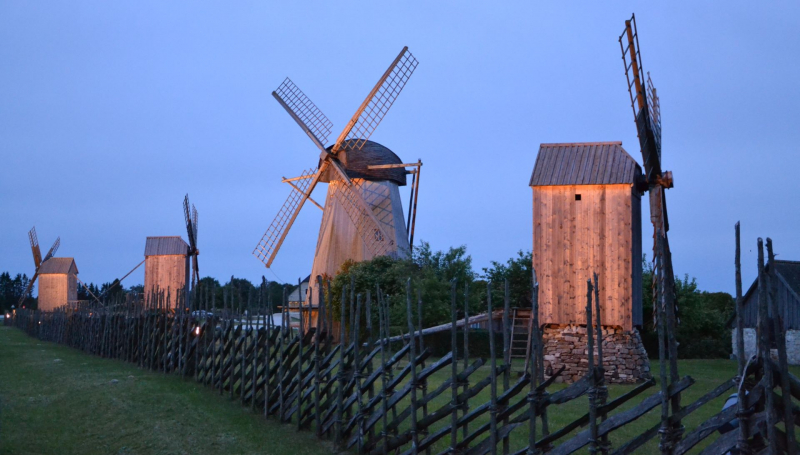
Image Source: Minu Saaremaa -
Viljandi is a town in Estonia's south. It is a little city with a long history dating back over 2600 years. The old architecture, while not all of it, is still visible to the public. The Viljandi Order Castle is one of the most popular. It is a 16th-century ruin that attracts thousands of visitors each year.
Viljandi, known among Estonians as one of the most popular summer festival locations, features a variety of themed events ranging from world-renowned folk music to medieval fairs. The significant student population from Viljandi Culture Academy, as well as the many artists that wander the local streets year-round, keep the heart of Estonian folk music and vocal heritage alive and well in Viljandi. Every July, the Viljandi Folk Music Festival reaches its melodious apex, offering a balmy summer weekend packed with contemporary versions of traditional music.
Once you've experienced Viljandi's full charm and beauty, go west of town to the Soomaa national park and the 16th-century Olustvere house, where you'll find even more natural splendor.
- Best time to visit: During the month of June, July, and August
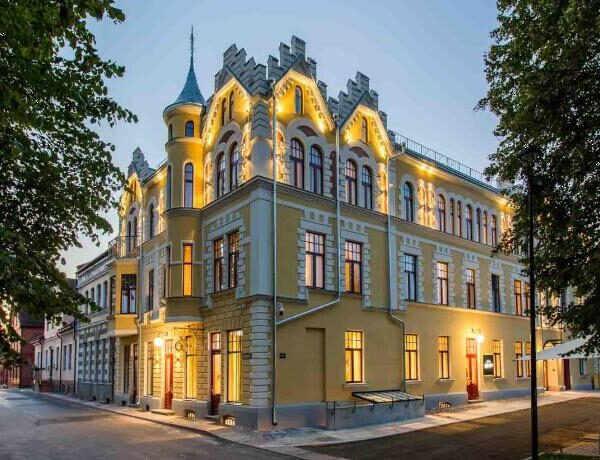
Image Source: Travel Diagram 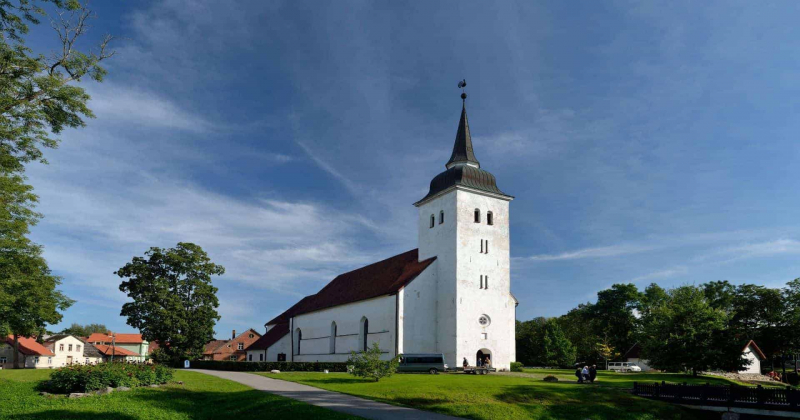
Image Source: Pretty Wild World -
In 1957, Matsalu National Park was formed. The coastal grasslands and reed beds near Matsalu Bay are home to a large number of migrating species. The park's initial name was Matsalu Nature Reserve, and it wasn't until 2004 that it was given its current name. With approximately 270 different kinds of birds, Matsalu National Park is one of Europe's richest birding areas. If you visit during the spring or fall bird migrations, you will be treated to the breathtaking sight of vast flocks of birds.The Matsalu Wetland is internationally significant because it has certain semi-natural landscapes that have become increasingly uncommon in Europe. Grasslands of various varieties may be found across the 9,700 hectares. Broad floodplains and coastal grasslands are the most common grasslands found here. Alvar grasslands, forest grasslands, rake grasslands, and dry boreonemoral grasslands are also found. The Kasari River, which flows through Matsalu National Park and is one of Estonia's longest and most substantial rivers, inundated some of these after the snow melted.
- Best time to visit: During the spring and fall bird migration period
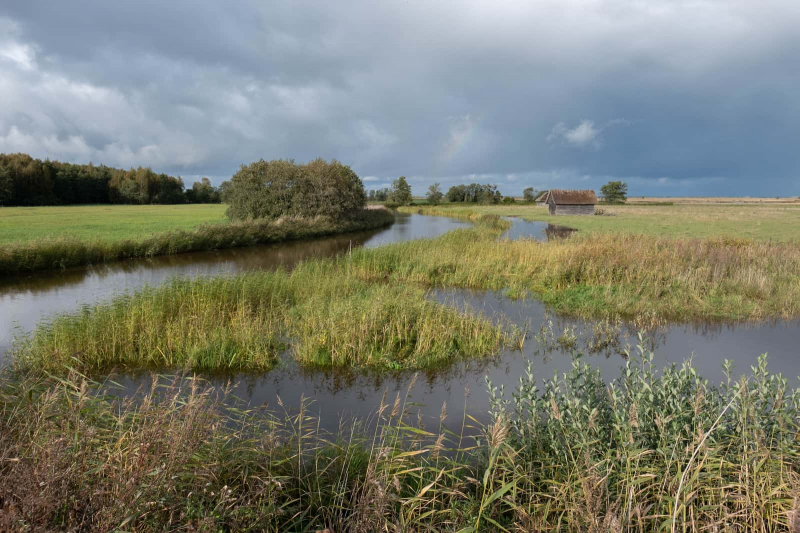
Image Sourcce: loodusegakoos 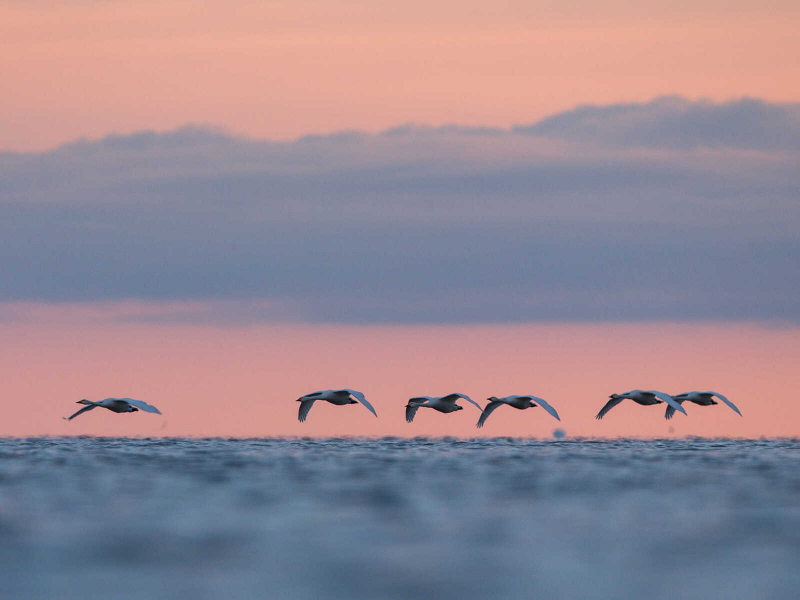
alamy.com -
With a surface area of 989 km2 (about 1/3 the size of Saaremaa), Hiiumaa is Estonia's second-largest island. As a reason, the island seems considerably more secluded than Saaremaa, making it a favorite destination for Estonians.
Hiiumaa has enough to offer guests who appreciate the shore and wildlife. There are nature walks to enjoy the wildlife and scenery. Local attractions include the well-known Kpu Lighthouse, which dates back to the 16th century and is one of the world's oldest lighthouses.
Respect for and connection with the environment is another aspect of the indigenous culture. Hiiumaa is one of the Top 100 Sustainable Destinations for 2020. Green Destinations hosts a competition for worldwide sustainable tourism destination success stories to honor locations that work to make visitors' experiences more sustainable and value-based. Similarly, on Hiiumaa island, which is a safe home for the animal, a restoration of the endangered European mink population has been carried out. Following its initial success, the initiative was expanded to include the island of Saaremaa.
- Best time to visit: May to September
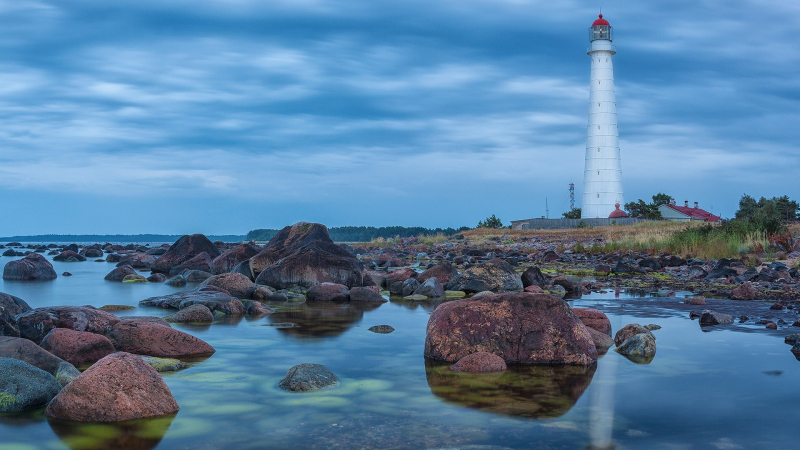
Image Source: Beach Backgrounds 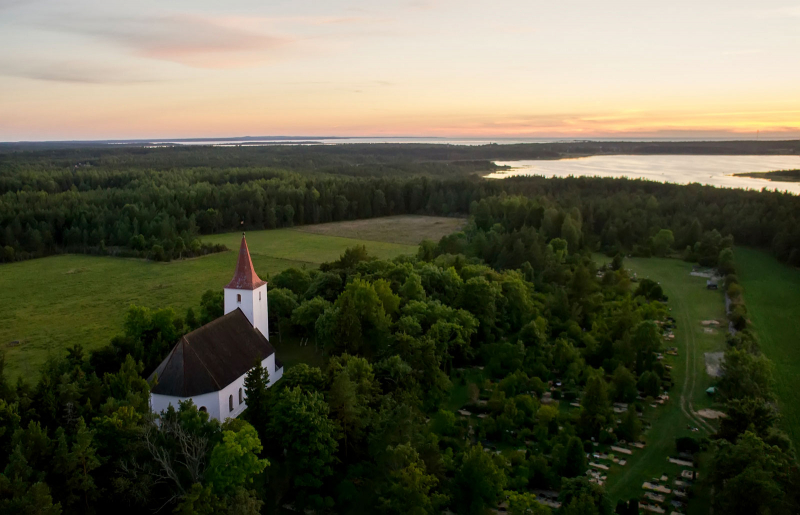
Image sourcce: tourcounsei.com -
With an area of 858,07 km², Pärnu is the biggest municipality in Estonia, almost as big as Berlin (892 km²). This medieval city has a laid-back, romantic vibe. Pärnu, Estonia's largest resort, has a wide range of spas, from enormous water parks to more personal and historical bathhouses.
Long, white sand beaches, shallow seas, and "the greatest Sun in Estonia" draw both locals and visitors. The lovely seaside promenade is perfect for strolling, cycling, and roller-skating, and there are playgrounds, water fountains, and play spaces for youngsters to enjoy. If you are feeling adventurous, try water skiing, yachting, or paddling a canoe or a kayak down the Pärnu river to the open sea and nearby islets.
Pärnu was chosen as the Baltic Sea nations' best sustainable destination in 2020. The city's sea, rivers, beaches, and promenades, as well as its numerous parks, avenues, and forest groves, make it unique. Pärnu's diversity and facilities have made it a 180-year-old resort, which is why maintaining and respecting its natural resources is a top priority in the city's growth. A pleasant, functional, and appealing atmosphere, as well as a bustling and small historical city core, are among the advantages of Pärnu's one-of-a-kind city.
- Best time to visit: Summer from June - August
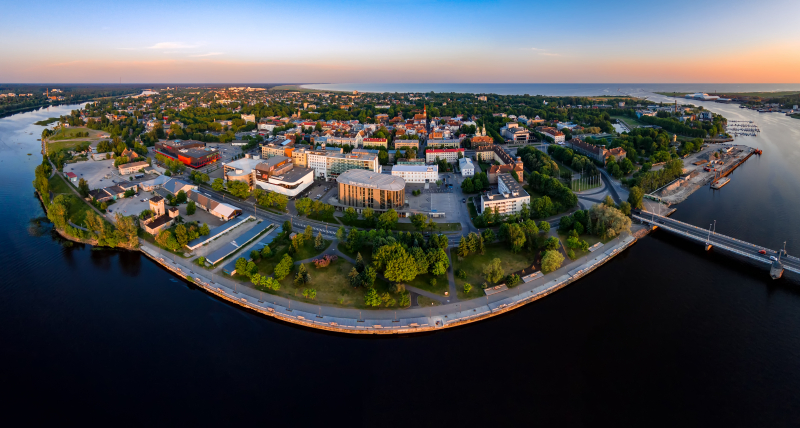
Image Source: ESTONIA RESORT HOTEL & SPA 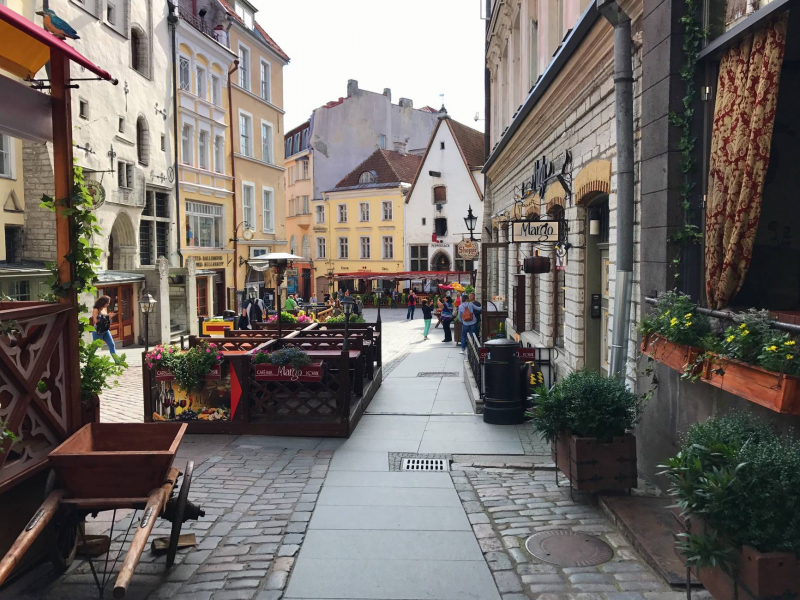
elements.envato.com












